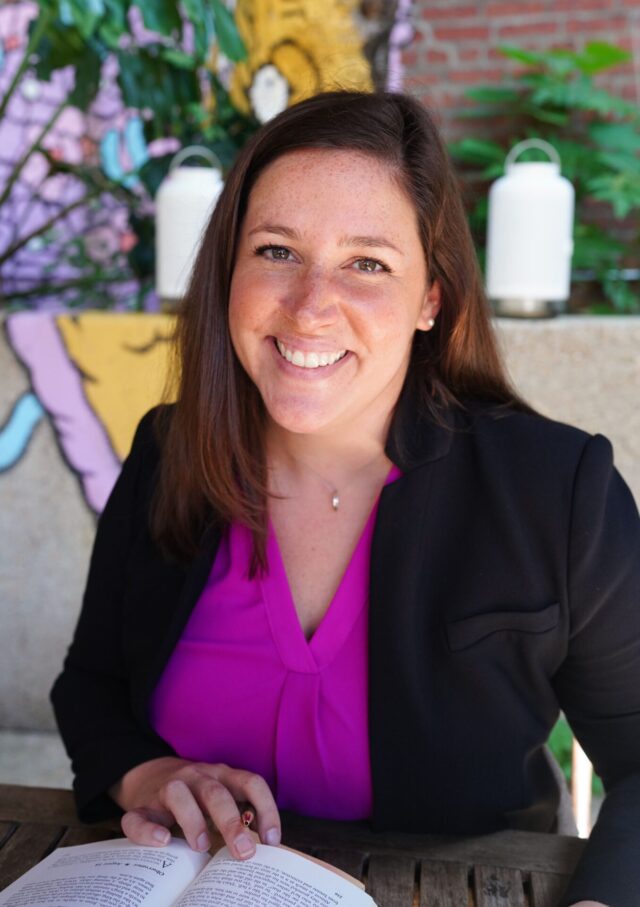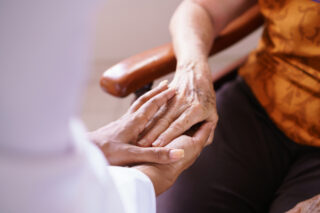
Prince George's County
9500 Medical Center Drive
Suite #250
Largo, MD 20774
Anne Arundel County
90 Ritchie Highway
Suites A & B
Pasadena, MD 21122
Charles County
2505 Davis Road
Waldorf, MD 20603
Burnett Center for Hope & Healing
P.O. Box 838
4559 Sixes Road
Prince Frederick, MD 20678

More Hospice & Palliative Care Articles
Hospice Chaplains Walk Into a Culture As Intimate Strangers

Knocking on the door of a patient’s home as a hospice chaplain is humbling. Behind that door are the deepest moments in the life of a dying person. Other types of chaplains walk into a hospital room, barracks, or workplace. Hospice chaplains walk into a patient’s home and are immediately immersed in a world that can be very different from their own.
This moment requires that chaplains practice cultural humility. With an open mind they observe, listen, and ask questions to better understand how a patient’s faith, race, ethnicity, gender, sexual orientation, and more play a role in their end-of-life journey.
Learning about a patient starts from the moment you enter their home. Is there a certain chair for guests? Would it be an insult to not drink the tea? Do the shoes at the door indicate guests should take off their shoes? All the senses help the chaplain get to know a patient, from cooking aromas to music on the stereo.
Chaplains then perform a spiritual assessment to help the hospice team understand what the patient needs. They listen to what’s said and what’s not said. Maybe the patient’s culture means not talking about end of life. Or maybe you talk only with the spouse.
Chaplains let the patient and family lead the encounter. As an intimate stranger, they offer a safe space that is judgement free. People wounded by faith groups, churches or even family may be able to talk to a stranger. Chaplains can be a witness to a person’s life experience, helping them reflect and to understand what brings them meaning, hope and purpose.
Because people often think of chaplains in a strictly religious role, not every patient will seek the support provided by chaplain visits. They are missing out on an important resource that can offer counsel and community connections. Still, without even visiting a patient, chaplains can inform the patient’s team including physicians, nurses, social workers and certified nursing assistants about the rituals or practices unique to religions. They also foster connections with community faith and cultural leaders and know where to look to find resources to help the team learn more about a patient’s culture.
If you or a loved one are facing end of life, we hope you will open to a chaplain visit. You will find a fellow human who wants to hear your life story and can help everyone prepare for the best ending.
Other Articles You May Find of Interest...
- Don’t Deny Your Loved One Comfort Because Of These Morphine Myths
- Living With ALS
- COPD: When Is It Time To Choose Hospice Care?
- How Hospice Social Workers Make Everyday Moments That Matter
- Volunteers Are Vital Members Of The Hospice Clinical Team
- Courageous Conversations Are a Gift to Those You Love
- Improving Access For Blacks To Hospice and Supportive Care

















